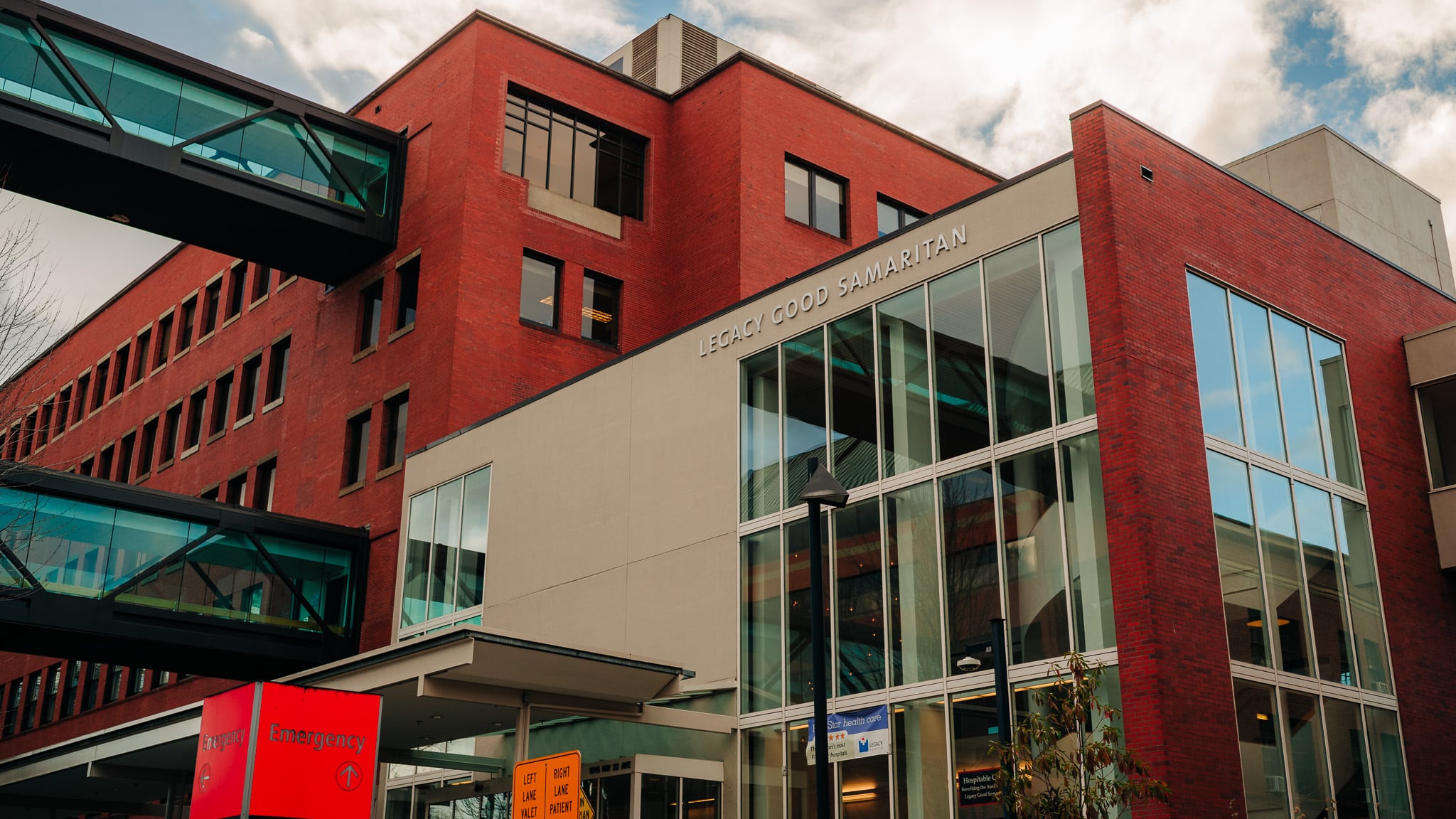A new report by the Portland nonprofit Dollar For carries a blunt title: “Pointless Debt.”
The group looked at whether Oregon hospitals complied with a 2019 state law requiring them to evaluate whether patients can pay their bills before turning them over to collections. The short answer, according to the group’s analysis of court records: no.
What was supposed to happen?
The idea behind House Bill 3076 was to reduce medical debt for the poorest Oregonians. The premise: People who either lacked insurance or the ability to meet out-of-pocket expenses would apply to hospitals for financial assistance. Patients with income below 200% of the federal poverty level ($13,590 for an individual or $27,750 for a family of four in 2023) would have all out-of-pocket costs forgiven. Those earning between 200% and 400% of the poverty level would be eligible for a discount.
What did happen?
Dollar For, whose mission is to help eliminate medical debt, found that with one exception, hospitals focused on debt collection, not forgiveness. In fact, 42 of the state’s 60 hospitals gave less financial assistance after the law went into effect than they did before. “Many Oregonians meant to be protected by HB 3076 were sent to debt collectors and sued in Oregon small claims courts, a venue where the overwhelming majority of defendants do not have lawyers and lack the means to defend themselves,” the report says.
Did any hospital do the right thing?
There was one major exception. Perhaps not surprisingly, it was Oregon Health & Science University. Its board is appointed by the governor, it still gets some financial support from the Oregon Legislature, and its workforce is heavily unionized. “In 2019, the year before HB 3076 went into effect, OHSU granted $24.3 million in financial assistance,” Dollar For found. “In 2020, it granted $39.2 million. In 2021, that number jumped to $72.6 million…all while net patient revenue at OHSU continued to climb.”
Why does it matter?
Dollar For’s analysis of more than 34,000 cases filed in Oregon small claims courts in 2022 offered some context. “Given that medical debt makes up more than half of all recorded debt on credit reports, it is highly likely that the majority of these small claims collection lawsuits are for medical debt,” the report says.
Most of the defendants never responded to the lawsuits, and only a fraction of 1% had attorneys. Most defendants were then saddled with judgments they could not afford to pay—and, in many cases, wouldn’t have owed had hospitals followed the law. In addition, draconian collection practices didn’t appear to provide material financial benefit to hospitals’ bottom lines. They only compounded pressure on struggling Oregonians, who researchers found collectively carry at least $390 million in medical debt.
“Self-pay revenue is a borderline irrelevant line item on hospital spreadsheets,” Dollar For found, “but it is the leading cause of bankruptcy in the United States.”
What do the hospitals say?
Despite the report’s findings, Lisa Goodman of the Oregon Association of Hospitals and Health Systems says, “Oregon hospitals are committed to community benefit and have been active participants in the implementation of the first-in-the-nation community benefit program created through HB 3076.” OHSU spokeswoman Sara Hottman says her hospital simply followed the law: “Starting in early 2019, we worked to remove barriers for patients most in need by providing a quick screening for financial assistance. If they are eligible, OHSU proactively writes off the debt.”
